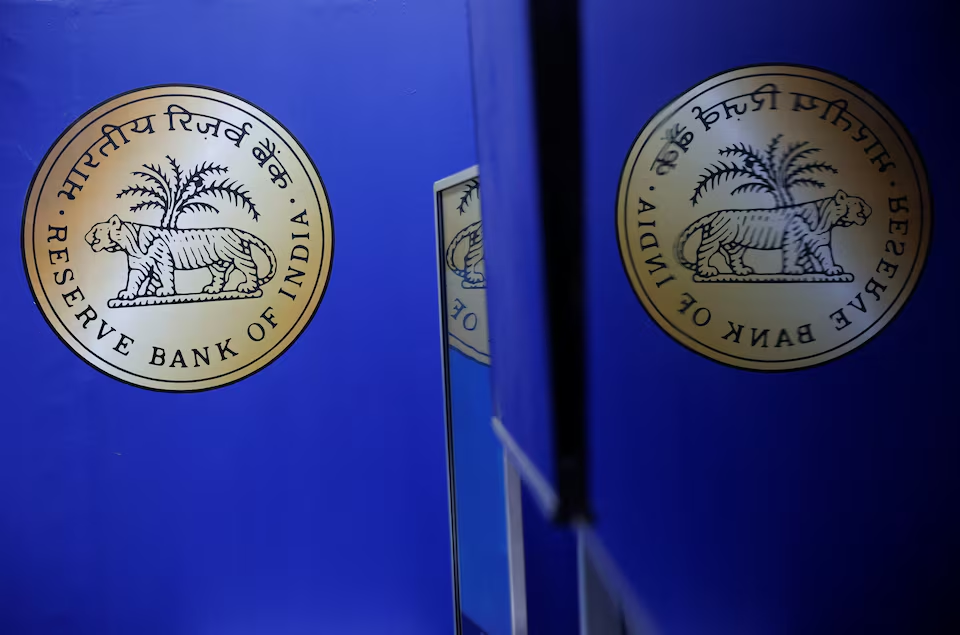Now Reading: India Tops Global Crypto Adoption Index — But Is It All Hype?
-
01
India Tops Global Crypto Adoption Index — But Is It All Hype?
India Tops Global Crypto Adoption Index — But Is It All Hype?

India has once again ranked at the top of the global crypto adoption index, ahead of countries like Vietnam, the Philippines, and Nigeria. The news paints a picture of India as a crypto powerhouse, but beneath the excitement lies a more complex story. While the country leads in user numbers and transaction volume, questions remain about how deeply crypto has actually penetrated everyday financial life, especially in smaller towns and non-metro regions.
India’s massive population and digital infrastructure make it fertile ground for crypto growth. Millions of first-time investors entered the market during the pandemic, attracted by low entry barriers and mobile-friendly platforms. Today, Tier-2 and Tier-3 cities such as Indore, Nagpur, and Jaipur are seeing an uptick in crypto trading activity. Young professionals and small business owners are exploring digital assets as alternative investments, often alongside mutual funds or gold.
However, being number one in adoption doesn’t mean India is fully ready for crypto integration. A large part of this “adoption” reflects retail interest — people buying small amounts on exchanges — not institutional participation or widespread blockchain use. Many investors still lack understanding of how crypto works, its volatility, and the risks attached. This gap between curiosity and comprehension is where the hype grows louder than the reality.
Regulatory uncertainty continues to be the biggest roadblock. India taxes crypto transactions heavily — 30% on profits and 1% TDS on every trade — which discourages active participation. The absence of clear laws around exchange licensing, investor protection, or cross-border transfers keeps both users and companies cautious. While global exchanges are eyeing the Indian market, they remain hesitant without defined rules.
The growth in Tier-2 and Tier-3 cities is promising, but it also exposes new challenges. Many users depend on social media influencers or Telegram groups for investment advice, often falling prey to scams or misleading claims. Lack of awareness about secure wallets, phishing attacks, and fake apps has already caused losses for small-town investors. Unless financial literacy grows alongside adoption, India’s top ranking may not translate into sustainable success.
At the same time, there’s a cultural shift happening. For younger Indians, crypto isn’t just an investment; it’s a symbol of technological empowerment and financial independence. Small traders, freelancers, and even students are experimenting with digital assets for remittances, side income, or savings diversification. This grassroots enthusiasm, especially outside metros, keeps the crypto ecosystem alive despite regulatory friction.
The real test for India’s crypto future lies in whether this enthusiasm can evolve into structured growth. That means building investor education programs, ensuring exchange transparency, and forming clear, stable regulations. Crypto’s story in India isn’t about hype or headlines — it’s about whether trust, security, and innovation can coexist in a rapidly changing digital economy.
India may lead the world in numbers, but numbers alone don’t guarantee maturity. For now, the country’s crypto journey stands at a crossroads — where curiosity is high, opportunity is real, but confidence still needs to be earned.

























